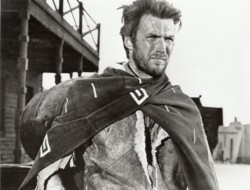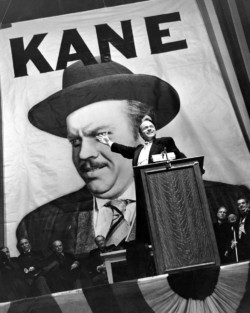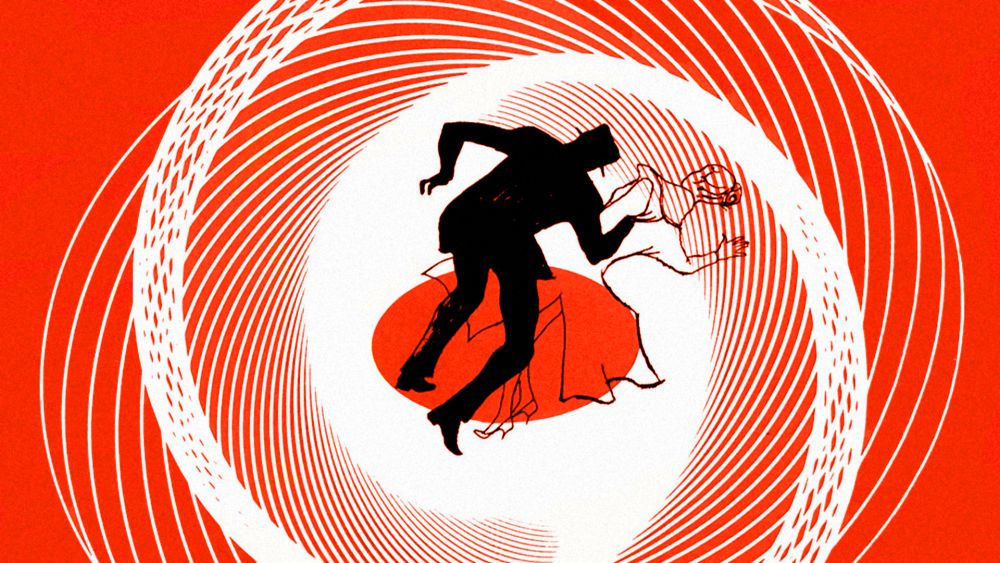8 Classic Films That Were Critical or Commercial Failures
Some films are instant hits, making big bucks at the box office before either fading from memory or scooting into the coveted position of “popular” film history immediately. But some take time to become classic films, whether it be because they’re avant-garde or because there’s trouble behind-the-scenes. Nevertheless, they’ll go down in history as some of cinema’s most remembered films…
A Fistful of Dollars

Image credit: Wikimedia Commons
Sergio Leone’s 1964 film is still perhaps overshadowed by its spiritual successors, For a Few Dollars More and The Good, The Bad, and The Ugly. This reflects the contemporary reviews of the film, particularly in America, where the film was derided as being “totally devoid of human feeling”. Indeed, the film subverts the conventions of the Hollywood Western at every moment, offering a cynical landscape of injustice, fronted by Clint Eastwood as a sharp-witted and dishonest ‘Man with No Name’. Divorcing the film from its status as a quintessential Spaghetti Western, what remains is a tightly focused and starkly photographed action film featuring set-pieces that remain inventive to this day.
The Wild Bunch
Of the film, a reporter rather vaguely asked ‘Why was this film ever made?’. Unlike many of the listed films, the violence in Sam Peckinpah’s 1969 Western still remains hard to justify, transplanting the extreme violence of Italian Westerns into a more conventional Hollywood narrative about ageing gunfighters. The film is bookended by two extended and brutal action scenes that reflect the director’s seemingly misanthropic worldview, undercutting the poetic and melancholic tone of the dialogue. Despite this contrast, the film conveys both of these elements brilliantly, with frenetic and bloody violence that utilises slow motion, reminding us of the real and very physical consequences of these acts. Never have exploitation and cinematic genius been so intertwined.
Citizen Kane

Image credit: Wikimedia Commons
Orson Welles’ 1941 masterpiece is now frequently referred to as the greatest film of all time, and, despite the repeated attempts of the newspaper tycoon William Randolph Hearst to stop the film from being released, it did receive a fair amount of positive contemporary reviews. It was Hearst who Welles took as inspiration for his sympathetic, yet decaying and tragic protagonist.
The film lost the best picture to the relatively unknown How Green Was My Valley, and it appears that there is now a new wave of ironic hipsters who wish to destroy the film’s legacy amongst other classic films (many of which are on this list). It is ridiculous to expect the intense emotional response we sometimes experience with our favourite films with every film, despite its reputation. Yet this is subjective, and not what makes a great film. If you give Citizen Kane a chance, then its superb characterisations, narrative structure and performances will provide the evidence of its greatness.
The Night of the Hunter
Charles Laughton was a successful stage and screen actor, and this was regrettably the only film he ever made. Released in 1955, the film was a commercial and critical failure, perhaps due to its uncomfortable narrative of two children on the run from Robert Mitchum’s Reverend Harry Powell, a serial killer who discovers that the children’s mother’s dead husband left $10,000 before he died. Utilising the angular set design and stylised lighting of German Expressionism, Laughton constructs a nightmarish black-and-white fantasy of stunningly realised horror in rural America.
The Last Temptation of Christ
A commercial failure and extremely controversial film, this
1988 film incited a group of Catholic extremists to attack a theatre in Paris, severely burning four people and injuring nine others. It still feels very much like a Christ film for a more cynical age, with Scorsese depicting a deeply troubled Jesus who experiences many different temptations, including sexual desires (making it easy to see why the film was controversial). Through this focus on desire and emotional struggle, Scorsese moulds intense and fascinating hallucinatory sequences that make the film one of his most striking. Willem Dafoe may initially seem like an odd choice for Jesus, yet it is his performance that cements the film as one of the most redemptive and realistic narratives of pain and growth. Scorsese cunningly avoids the confrontational gratuity of Mel Gibson’s The Passion of the Christ, instead engaging us through humanity.
The Shawshank Redemption

Image credit: Wikimedia Commons
Frank Darabont’s universally acclaimed prison drama was a commercial failure when it was released in 1994, competing for recognition amongst the iconic and quotable films, Forrest Gump and Pulp Fiction. The film now comfortably sits at the number 1 spot of the IMDb Top 250 movies list, and appears on many other lists of well-remembered classic films too. Despite this reversal that heightens Shawshank to an almost ridiculous level of acclaim, the film is rightfully recognised as having a brilliant screenplay and some great performances. It’s a masterclass in sentimentality, and it’s still so satisfying to see the payoff at the end of the film.
Vertigo
Breaking even on release, and receiving rather unenthusiastic reviews for an Alfred Hitchcock film, Vertigo would have seemed an unlikely fit for the title of ‘Best Film of All Time’ upon release in 1958. In 2012, the film overtook Citizen Kane for the top spot on the critic contributed Sight & Sound poll. However, the contemporary critics were not wrong, and the film is slow and based on a profoundly ridiculous plot. Instead, it is the unease and visceral nature of the film that modern critics have foregrounded, noting its incredibly haunting portrayal of obsession and male lust. The famous ‘dolly zoom’ shots are top-tier Hitchcock, yet it is the colour tinting and animation in the dream sequences that cement the film as a surreal masterpiece.
Black Christmas
An oddity in this list due to its still inaccurate place in the canon of horror films, this 1974 Bob Clark film is perhaps one of the only films labelled as ‘underrated’ that is genuinely one of the best in its genre. The film is about friends who are all female college students, and a group of murders that occur after they receive horrifying phone calls. A critical failure upon release, Black Christmas predates the seminal slasher film Halloween by four years, yet still remains relatively obscure. The film is incredibly haunting, with the phone call trope and oppressive atmosphere of winter and snow highlighting the sense of anonymity and helplessness as more people are killed. The plot is delightfully twisted and innovative, and the film remains a deliberately paced and genuinely disturbing classic – the perfect antidote to optimistic Christmas cheer.

Comments